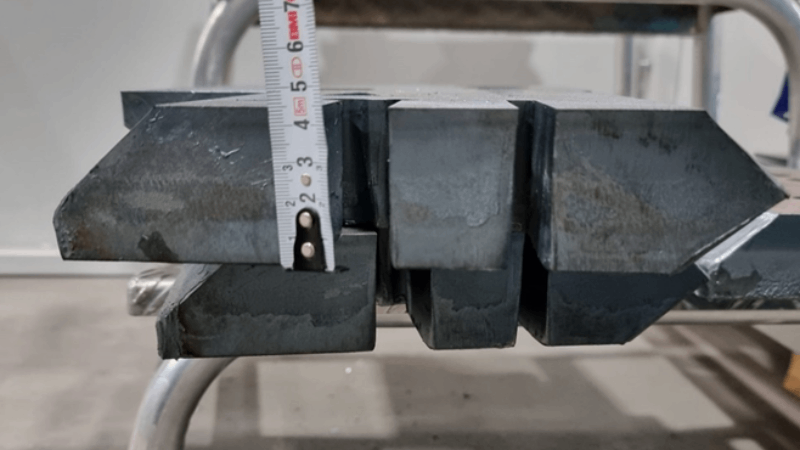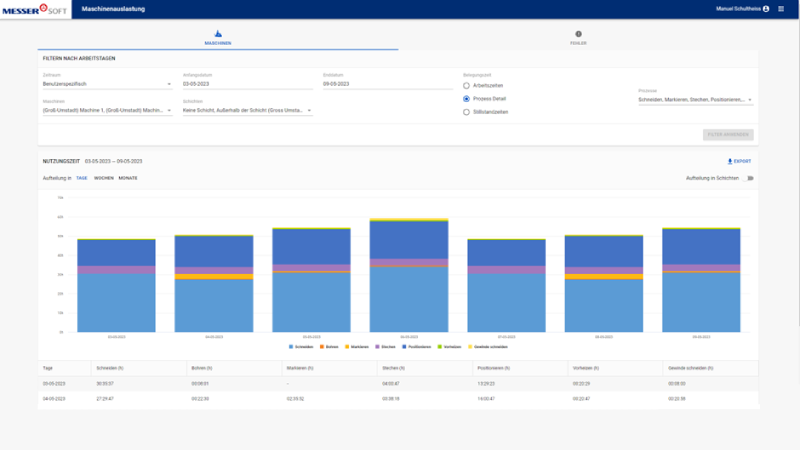Institution news
Here they saw how the concept of Industry 4.0 has been taken to its logical conclusion in the automation of laser cutting, a process which itself has seen dramatic progress in the last few years both in terms of cutting capacity and in terms of possible bevel cutting to produce finished parts in one process.
A presentation from Mr. Ingo Staudinger Manager Laser and Material Handling, first presented those present with a short history of the company: founded in the late nineteenth century, Adolf Messer GmbH (as it was then called) produced its first flame cutting machine in the early 1900’s going on to pioneer 1:10 scale optical cutting machines, automatically rotating bevel cutting heads, the first numerically controlled flame cutting machine in the 1960’s, the first cnc (computer numerically controlled) cutting machine in 1972, the first industrial CO2 laser cutting machine in Europe in 1968 with a power of only 250 Watts, enough to cut only very thin steel but also with the ability to cut much thicker acrylic plastics and wood with very little material loss and high precision.
The introduction of fibre optic lasers has led to a rapid increase in the power available, which for many years had been effectively limited for metal cutting purposes to about 6KW, enough to cut up to 25 mm thick steel. Now 40- or 50-KW fibre optic lasers can not only cut 45 mm thick steel but also produce both top edge and undercut bevels with angles up to 50 degrees. Large laser guidance machines with working widths of 5 m or more and long working lengths, coupled with automatic material feeds give the potential for automated production.

The second presentation, from Mr. Manuel Schultheiß, Technical Software consultant, showed how this potential has been realised for practical use by the subsidiary MesserSoft. Mr. Schultheiß showed how component details could be automatically extracted from CAD files or pfd format drawings, combined automatically with relevant data from the factory such as cutting speeds, labour costs and material costs to produce costed cutting quotations with realistic delivery dates based on current machine loadings in a matter of minutes with no manual intervention. Should the offer be accepted, the software can then turn the offer into a production order with all necessary parameters and details, schedule this onto the machines and instruct the material handling system to feed the appropriate plate to the machine for cutting all still with no manual intervention. The unloading equipment also receives the necessary data to unload the machine, sort the cut parts and palletise them for shipment to customers or feeding to the next production process (e.g. bending or welding).

Additional optional tools on the cutting machine can mark the parts, drill or tap them and even add barcodes so that a finished product emerges.
Whilst this may sound like science fiction or wishful thinking, Messer have clients who already operate on a three-shift basis with only one shift manned.
Image credit: Messer Cutting Systems GmbH